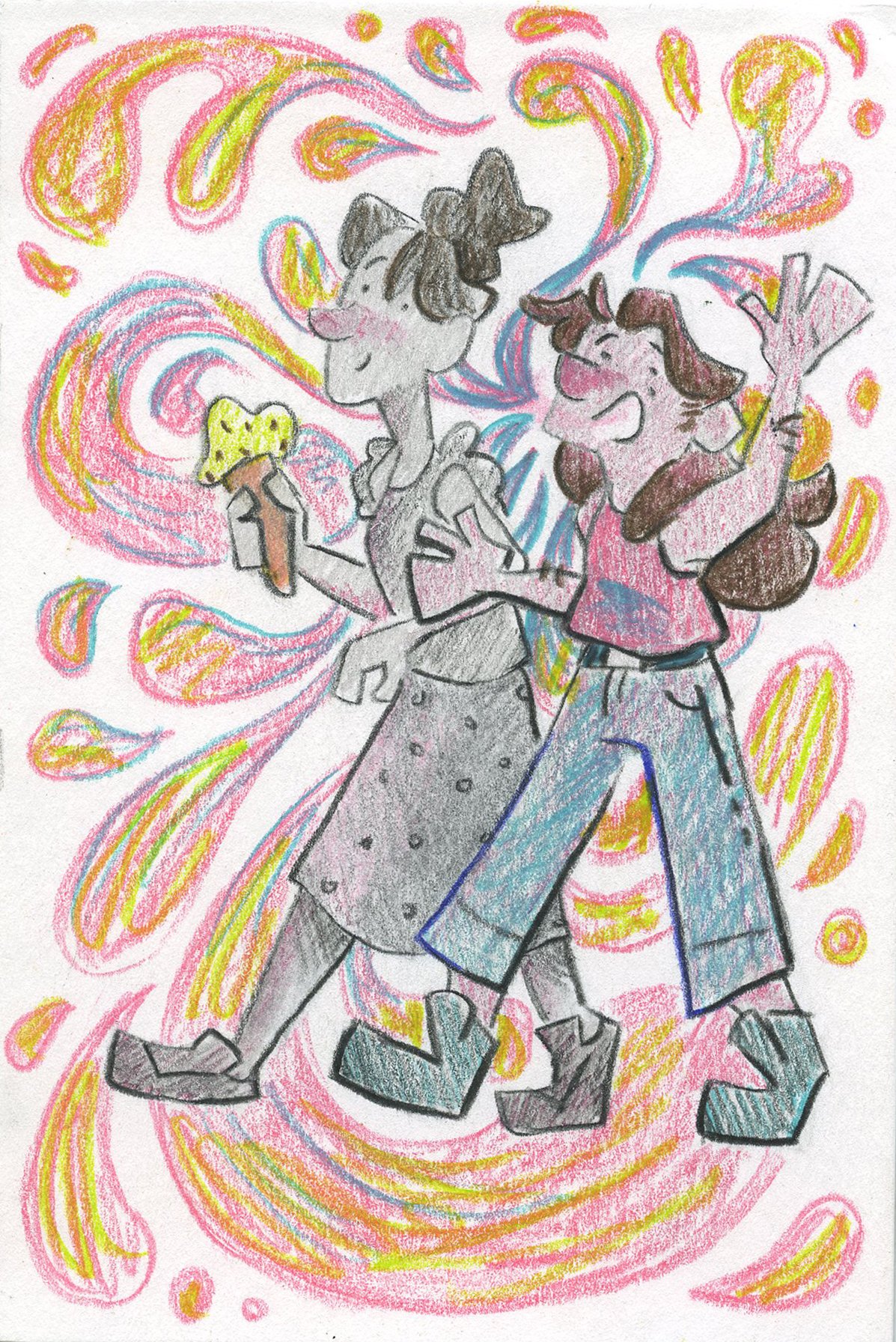Name of Project: Yayoi Kusama Paper Sculpture Flowers
Grade Level or Age of Participant: Ages 5-11
School, Teacher and Classroom: Minneapolis Institute of Arts, Family Day - May 8th, Supervisor - Victoria Myers
MCAD Teaching Artist: Natalie Vilter
Number of Students: ~400
VISUAL ARTS CONTENT OR STANDARDS
5.1.2.3.1 Visual Arts
Grade 1: Create original artistic work
1. Identify and use symbols when creating art
5.1.2.3.2 Visual Arts
Grade 1: Create original artistic work
2. Practice safe use of art materials and tools while making art
OVERVIEW OF PROJECT
Students will create their own flower paper sculptures inspired by Yayoi Kusama’s flower sculptures. Students will also use various techniques to make paper into a three dimensional form.
“BIG IDEAS”/ ESSENTIAL QUESTION(S)
How can one use paper, a 2-dimensional object, to create a 3-dimensional sculpture using a series of techniques?
What do you think are important features of a flower and what shapes do these features take in your mind?
STUDENT OUTCOME OBJECTIVES
Students will:
Recall the contemporary artist, Yayoi Kusama, and her art practice
Compare Yayoi Kusama’s flowers to their own idea of a flower and visualize important features of a flower
Construct their own three dimensional flower using paper
Explore various techniques to give their flower texture and stand
PRIOR KNOWLEDGE
Know basic features of a flower
Using a glue stick and scissors
LESSON PREPARATION TIMELINE
Create art example
Write out a lesson plan and short bio about Yayoi Kusama’s work
Create a visual of various techniques to use for a paper sculpture (example shown below)
Visual of Paper Techniques
Meeting with Victoria Myers about revisions to lesson plan
Revisions to lesson plan
Ordering materials
Cut stips of colored paper that are a variety of 0.5 and 1 inch thick
May 8th - Set up for the event
May 8th - teach for the event
May 8th - take down the event and put away extra supplies
EXAMPLES OF ARTWORK
Paper Sculpture Example
Up Close Example
ADDITIONAL RESOURCES
Yayoi Kusama, Flowers that Bloom Tomorrow (L), FRP, metal, and urethane paint, 2010
https://www.victoria-miro.com/artists/31-yayoi-kusama/works/artworks13475/
Yayoi Kusama, Flowers that Bloom Tomorrow (L), FRP, metal, and urethane paint, 2010
https://www.victoria-miro.com/exhibitions/411/works/96bbb645b1a41a/
ASSESSMENT
The outcome will be successful if the students are able to use basic shapes to create a flower, real or imaginary. Students will see their own success, if they were able to make their flower three-dimensional using various paper sculpture techniques.
MATERIALS
8” x 6.5” brown paper bag
Scissors
Ruler
Pencil
Eraser
Pencil sharpener
Gluestick
Hole Puncher
Assorted colors of construction paper that are 0.5” to 1” thick
A table for participants to work on
Stapler and staples
LEARNING ACTIVITIES AND TIMING
Greet incoming participants and ask if they would like to create a paper flower sculpture (5 minutes)
Explain it’s inspired by Yayoi Kusama’s flower sculptures
Explain that Yayoi Kusama is a Japanese contemporary artist who creates a variety of artwork from performances, sculptures, installations, and paintings. She’s known for coating her artwork in polka dots, which has given her the nickname, “The Princess of Polka Dots”.
Point out the abstract form, but still has features that make it identifiable as a flower
Point out the curves and polka dots on the flowers
Give participants a paper bag and scissors. Participants will disassemble the paper bag by removing the entirety of the twine and cutting a slit vertically down the bag until they reach the bottom of the bag. Students will then cut off the entire bottom part of the bag. Students will then unfold the bag, so it becomes one long strip (7 minutes)
Students will then take the long strip and fold it cleanly in half. Then using a glue stick, students unfold the bag, coat the bag in glue and refold the bag. Participants will push down on the bag to make sure the sides stick together. (3 minutes)
NOTE: recommend that they coat the edges of the bag in glue and create a large “X” in the center of the bag with glue
This will be the base for their flower sculpture.
Pull out a visual of the various techniques students can use for their paper sculpture. (1 minute)
Ask participants what makes a flower identifiable as a flower (1 minute)
Hand out various colors of paper, gluesticks, and scissors for participants to start assembling their flowers. (1 minute)
Students will begin to assemble their flowers. TA will offer guidance when the participant asks. (17 minutes)
Offer hole punch and foam stickers to decorate the base and flower. (5 minutes)
TEACHING ARTIST REFLECTION
Depending on the age of the participants, they might have difficulty disassembling the bag with no tears. The teacher and volunteers will be there to help disassemble the bag.
Participants might have difficulty using the glue stick and patiently holding down objects so they stick. Staplers will be provided just in case.
Family Day at the MIA is a public event, so others will be able to see their finished product as they walk through the MIA.
The teacher will receive feedback based on participants' enthusiasm for the project.









